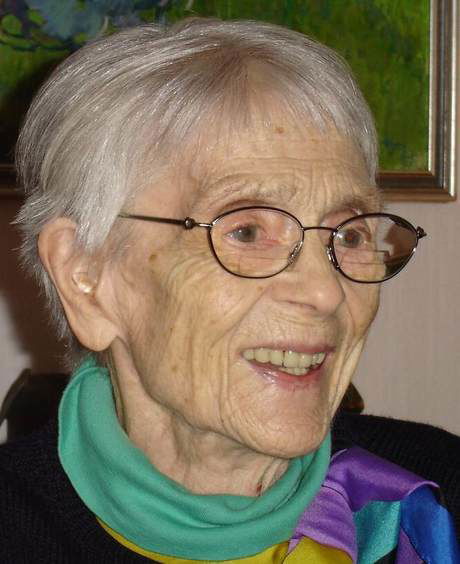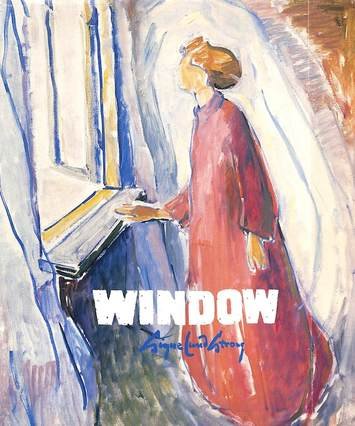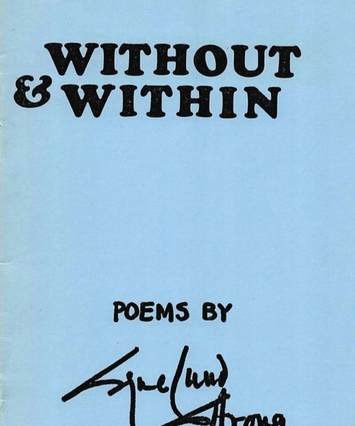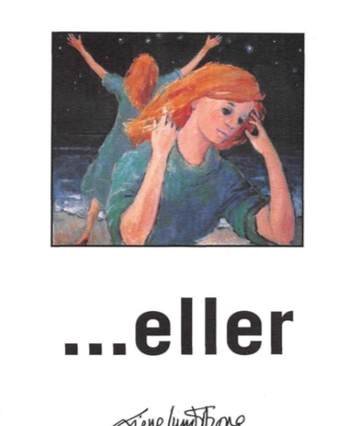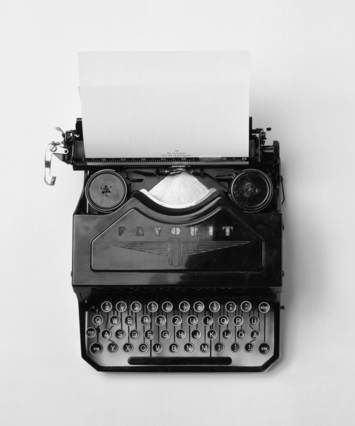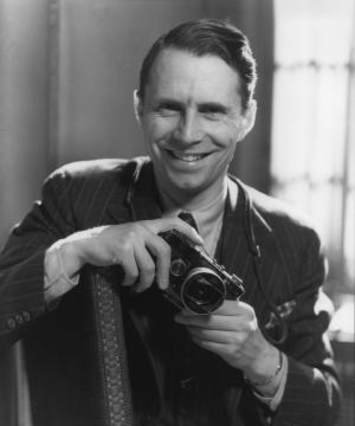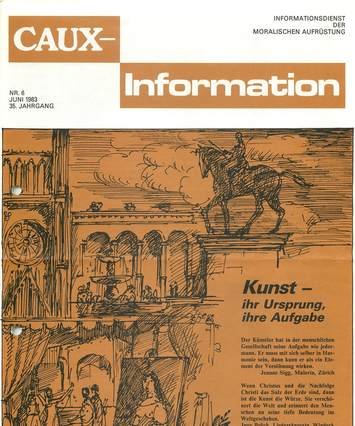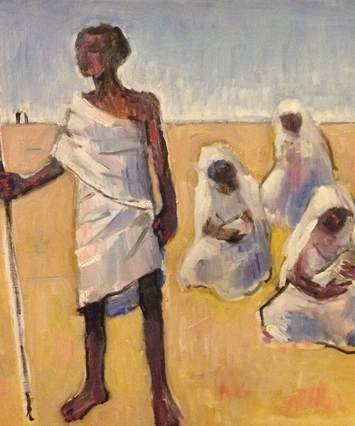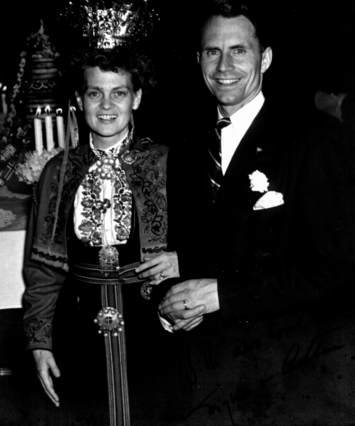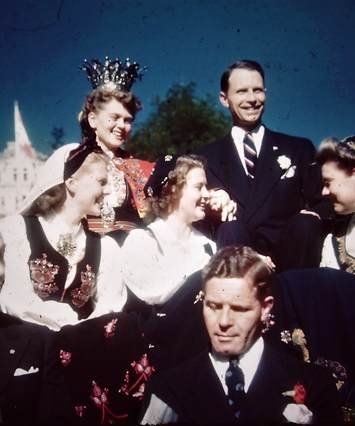This page has been automatically translated.
Signe Lund Strong (1915-2010)
Signe was born in Sulitjelma in northern Norway. The family later moved to Sweden because of her father's work in the mining industry. As a child, Signe had difficulty concentrating on schoolwork. However, she found it easy to draw and paint. Her father recognized her talent and arranged for her to receive artistic training when Signe studied with Otte Sköld https://sv.wikipedia.org/wiki/Otte_Sköld and at the Stockholm Academy of Fine Arts. In 1934 she continued her art studies in design and graphics at the Reimannschule in Berlin for two years https://en.wikipedia.org/wiki/Reimann_School. But the school was Jewish and Signe had to return home in 1936 shortly before the school was forced to close.
In Stockholm, Signe was employed by Åhlén & Åkerlund and Bonniers publishing house as a commercial artist and illustrator. She illustrated short stories in weekly magazines and continued to paint on her own. At the time, she lived on Djurgården in one of the cavalier houses at Rosendal Castle.
Signe eagerly searched for the meaning of life. In June 1938, she attended a large Oxford Group meeting in Visby, Gotland, where she found a new direction for her life. After Visby, Signe quit her job and spent a few months working with the Oxford Group in Sweden. Early in 1939, Signe traveled with a large team to the United States invited by Frank Buchman to work with the Oxford Group which had changed its name to MRA - Moral Re-Armament. She remained in the USA throughout the Second World War, where she made great use of her training as an artist and commercial artist.
It was on Gotland that Signe Lund first met photographer Arthur Strong, who also traveled with the team to the United States. Together, Signe and Arthur trained young creative people in photography and graphics. These would go on to document the MRA's reconciliation work during the war years in the US and map Buchman's work in the years to come. Initially, they illustrated the events in text and images in the streets with publicly placed posters and eventually in the form of pictorial magazines.
It was after the end of the war that Signe and Arthur became a couple. The MRA had created a large international conference center in Caux-sur-Montreux, Switzerland, where people from all over the world came to find reconciliation between people and countries. It was here that Signe and Arthur were married. They had their daughter Ingrid in 1947 and before Ingrid turned two, Signe had packed her suitcases 82 times. During these years they continued their work with Frank Buchman and the MRA in the USA, England, Africa and Switzerland.
In the 1960s, Arthur and Signe settled in England and Signe began to devote more and more time to painting. After their daughter grew up and created her own family in Sweden, Signe and Arthur moved to Arvika in 1985. Signe's painting flowed and she found many motifs in Arvika and its surroundings. She exhibited in Arvika, in Stockholm including at the Stockholm Artists' Association and in Falun. During the time in Arvika, Arthur and Signe created the book Window with Signe's paintings and poems, as well as several poetry collections.
The couple followed their daughter Ingrid Lund Franzon and her family to Falun where Signe continued to paint and be curious about life until she began to lose her sight in her 80s. She painted her last picture when she was 87 years old. The collection of poems Baby talk she wrote in her memory and told her sister in Norway who took notes on the poems which her daughter then printed out on her computer in Sweden. She actively immersed herself in her grandchildren's lives, and as a grandmother she was delighted with her great-grandchildren.
Arthur Strong died in 2004 and Signe died in 2010.

